If you want to scuba dive between the Oregon border and the Bay Area along the rugged Pacific Coast in Northern California, you’ll see a strikingly beautiful world that’s also shockingly cold. As you descend through kelp forests that undulate with the currents, you’ll float weightlessly into a beautifully serene, silent world where all you’ll hear is the bubbles from your regulator.
What will you see? You’ll observe Garibaldi (California’s state fish), rockfish, seals, octopi, sea stars, brightly colored anemones, and thousands of purple sea urchins. But be forewarned: it’s cold. Numbing cold. The kind of cold you won’t soon forget, with 49–58 degree temperatures and visibility typically between 10 and 60 feet.
Cold Water Warning: Whether you choose a shore or a boat dive, protect yourself with a thick, 4/3mm–7mm neoprene wetsuit. The thicker, the better. Since you lose most of your heat underwater from your head, hands, and feet, donning a full hoodie, 5mm thick gloves, and sturdy ankle booties is highly recommended. But if all this isn’t warm enough, a dry suit is what cold-water lovers wear, though it requires a special certification.
With that in mind, here are some of the top places to scuba dive in Northern California.
Featured Photo: Ronan Furuta via Unsplash.
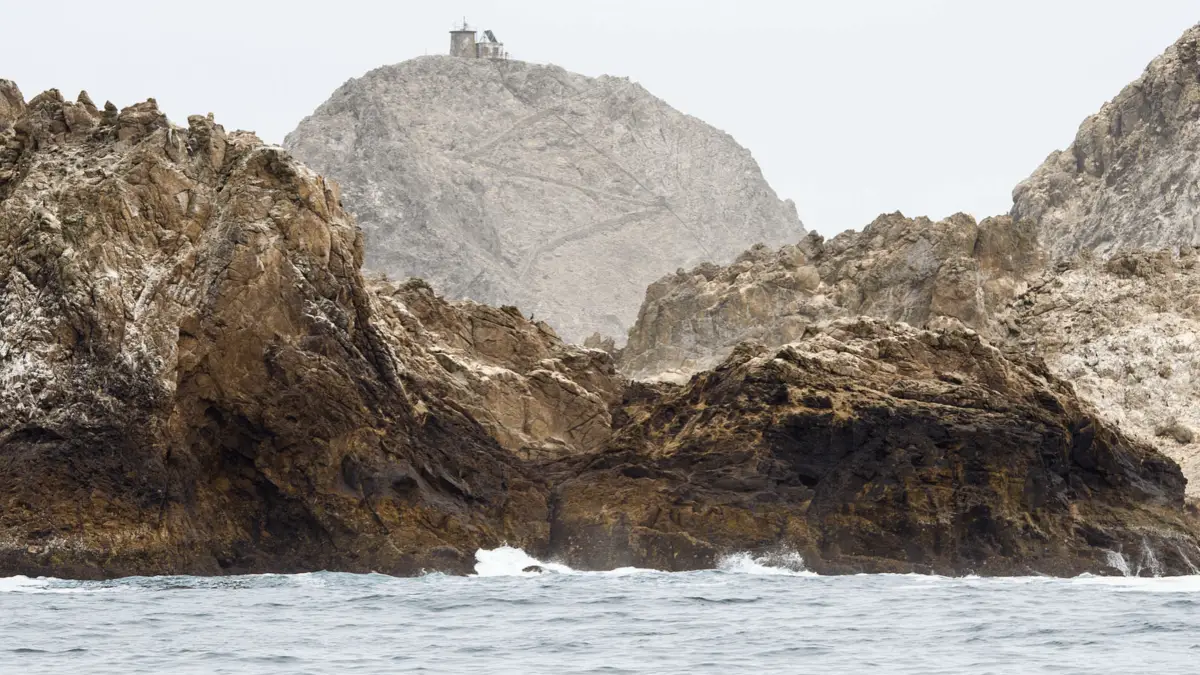
Farallon Islands
If you’re a thrill seeker, the Greater Farallones National Marine Sanctuary, about 30 miles west of San Francisco, is home to some of the world’s largest great white sharks and northern elephant seals. You can choose a charter boat dive or a great white shark dive adventure in a cage for about $825/diver or $475 for topside observers. Not a diver? About 300,000 birds nest here annually, as well as harbor and elephant seals, California and Steller sea lions, northern fur seals, four types of whales (blue, grey, humpback and orcas), dolphins, and porpoises. sharkdiveadventures.com
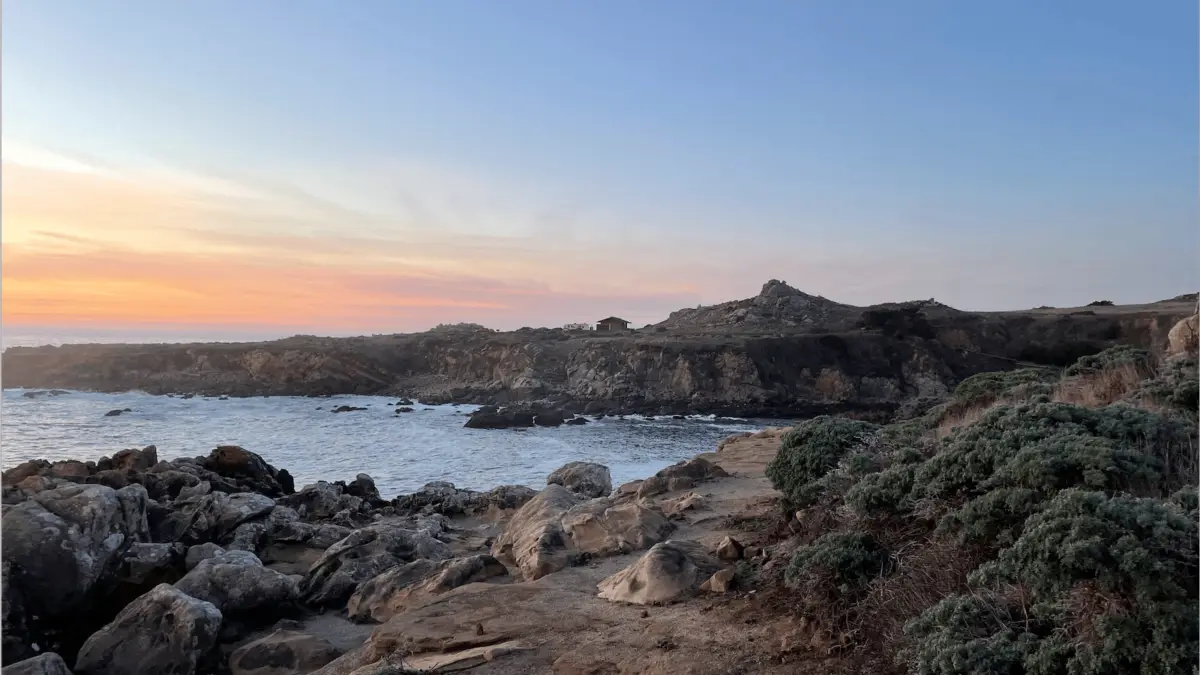
Gerstle Cove, Salt Point State Park
For beginners to advanced divers, Gerstle Cove is one of California’s first underwater state parks where you can observe completely protected local wildlife — it’s also among the most popular sites for shore diving. You’ll see cabezon, lingcod, rockfish, and other fish. Parking is nearby with restrooms and two large campgrounds. parks.ca.gov
NOTE: Here you’ll likely experience summer fog and strong, chilly winds.
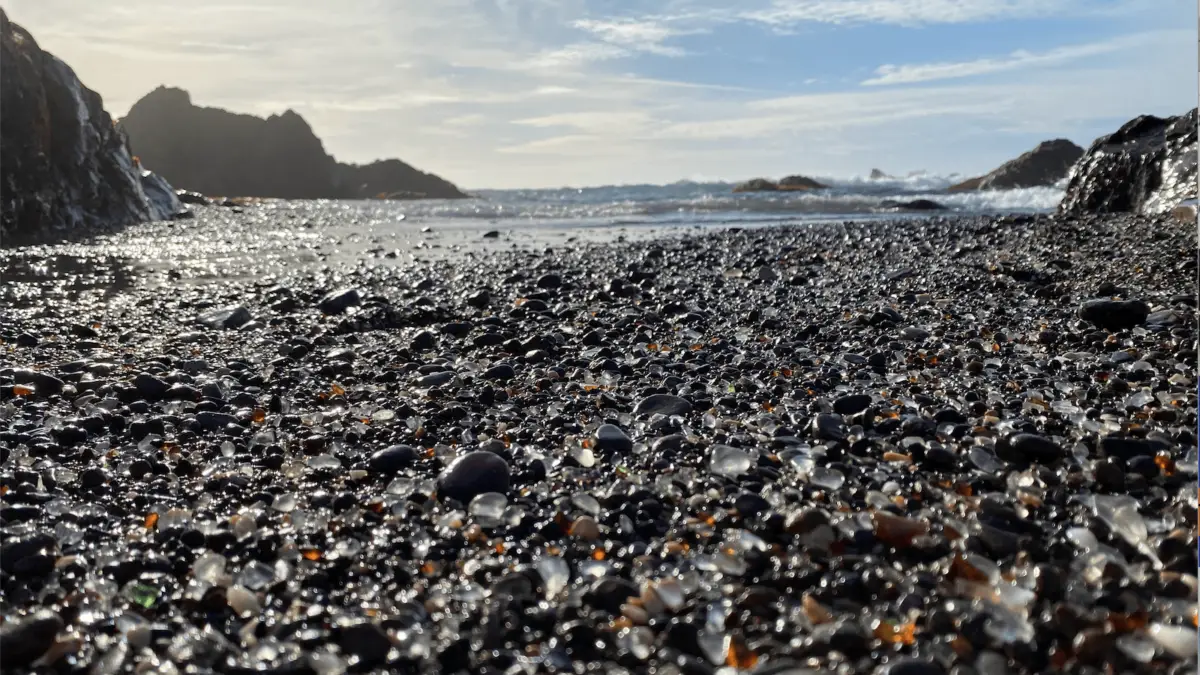
Glass Beach, Fort Bragg
Next to MacKerricher State Park at the intersection of Elm and Glass Beach, a 300-foot hike leads you to this popular shore dive that’s covered with colorful, smooth sea glass, leftovers from an old bottling plant that now resemble a seascape. You’ll enjoy easy diving with kelp, crabs, rockfish, and other underwater life year-round. Even with very cold water temps and heavier currents in winter months, this site is also frequented by spear fishers. There is a bathroom in parking lot. cadivingnews.com
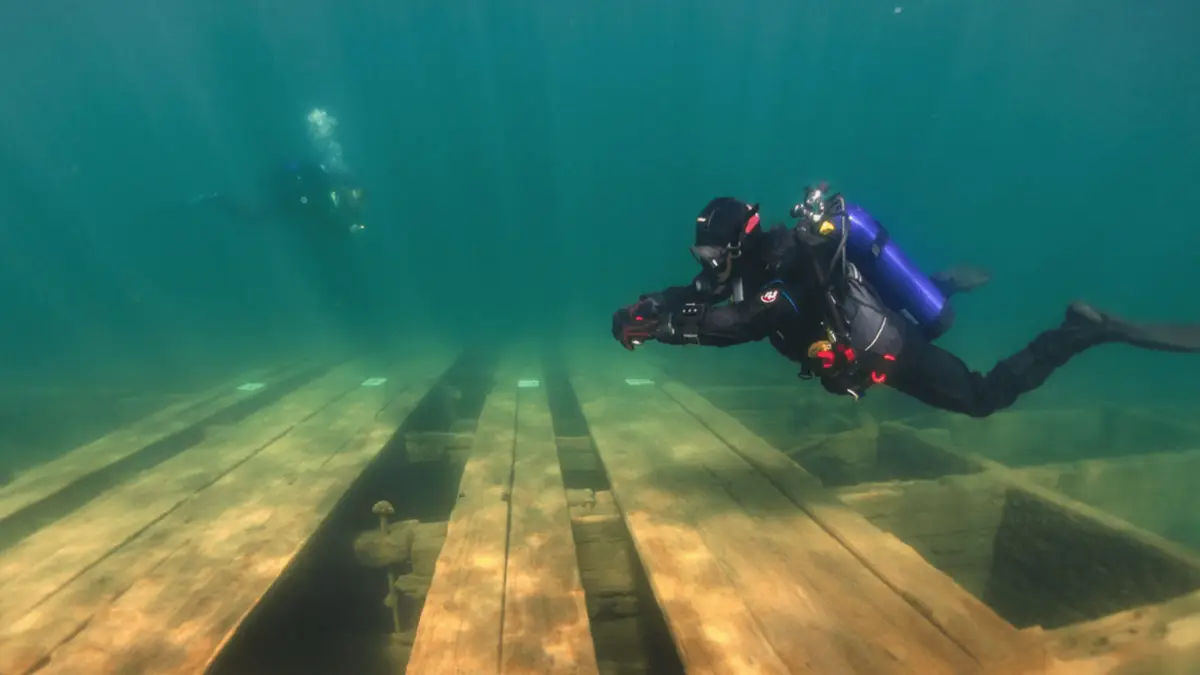
Lake Tahoe
Most people think of skiing instead of diving up here, but America’s largest, highest alpine lake offers great diving with good visibility in the cobalt-blue waters. The Emerald Bay Maritime Heritage Trail is one choice, perfect for snorkelers or divers. It offers historic underwater features at four dive sites along Emerald Bay State Park’s shoreline on the lake’s west side, including two large barges and all kinds of fish, including lake trout (mackinaw), rainbow and brown trout, kokanee salmon, and largemouth bass. Other popular dive sites surrounding the lake are Sand Harbor, Hurricane Bay, Carnelian West Beach, Sunny Side, Rubicon Wall, and Cave Rock State Park. scubadiverlife.com
NOTE: You’ll need to be high-altitude certified to dive Lake Tahoe and the snow-fed water temperatures range from 40 degrees in winter to 70 degrees in summer, so dry suits are definitely recommended. Parking is free in lots around most of the lake and most have public bathrooms.
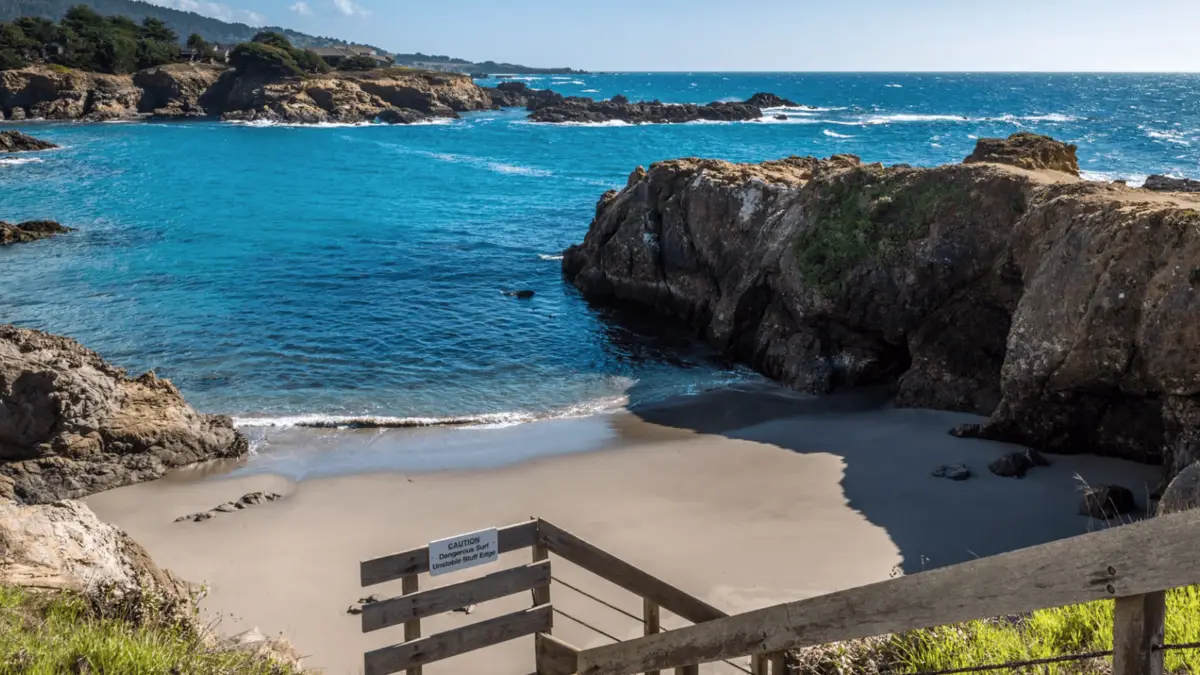
Smuggler’s Cove, Sea Ranch
For decades, Smuggler’s Cove was a haven for abalones, but that mollusk is now being threatened by thousands of purple sea urchins who’ve invaded our coast. With a rocky bottom and depths of 20 – 100 feet, it is partially protected from northwest winds. On a typical day of this shore dive, you’ll see cabezon, lingcod, five types of perch, rockfish (grass, black and blue), Pacific tomcod, starry flounder, and perhaps a salmon or a wolf eel. Free parking in Sea Ranch lots on Highway 1 — no bathrooms. searanchabalonebay.com
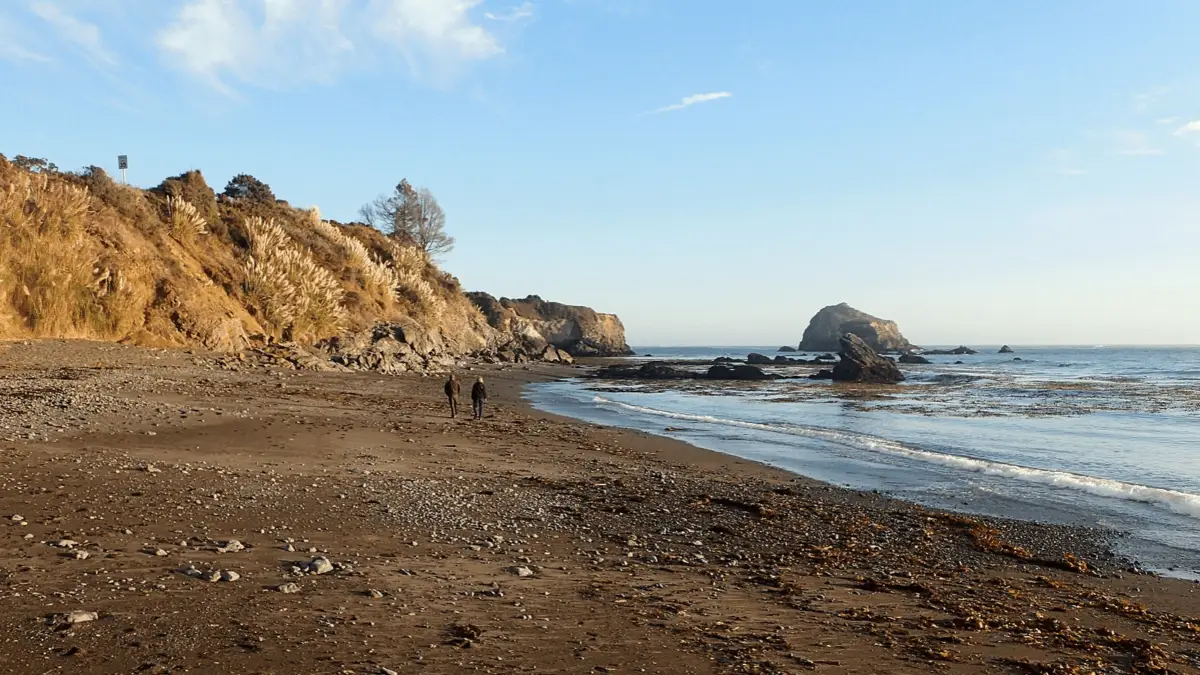
Van Damme Cove, Van Damme State Park
Though water temps are in the high 40s to low 50s, Van Damme Cove is well-known to hearty divers and snorkelers for very calm conditions with 10- to 15-foot visibility. Just two miles south of Mendocino at Little River Beach, you’ll encounter heavy kelp beds, jellyfish and kelp as well as Dungeness crabs, sea cucumbers, red abalone and nudibranchs. All were once plentiful, but a recent explosion of purple sea urchins has prevented kelp forests from recovering and negatively affected their populations. Free beach parking lot with cold showers and bathrooms — the campground has hot showers. shorediving.com
Looking for more things to do in the Bay Area?
Visit our San Francisco, North Bay, East Bay and South Bay pages!







